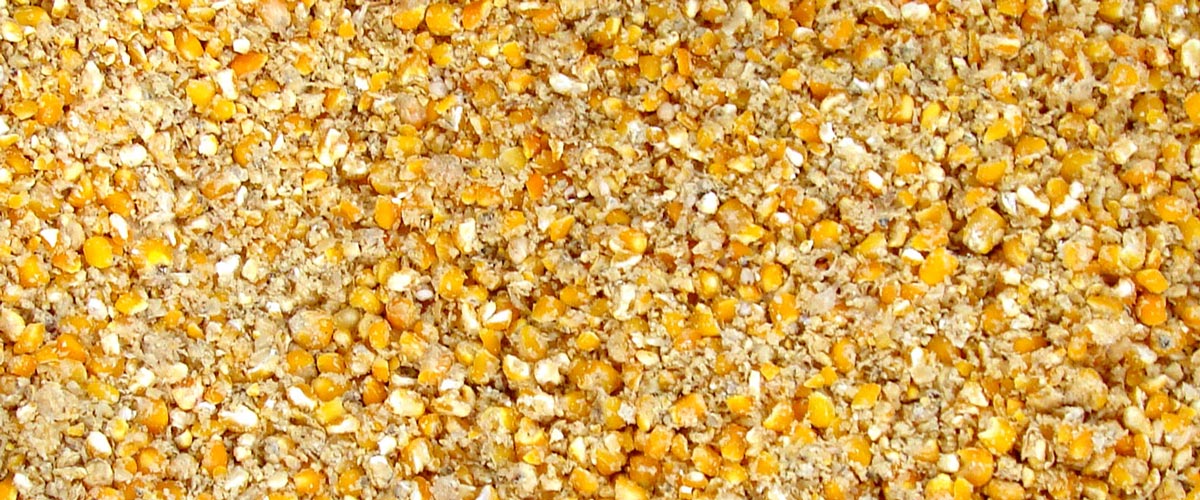
Sahel-IPM II
Lead Organization:
Universite de Maradi
Partner Organizations:
In Burkina Faso: INERA of the National Center for Scientific and Technological Research (CNRST), AFEDD, AMSP, DRARAH du Centre-Est, DRARAH de l’EST, and agrodealers; in Mali: IER, Council for Research Users (CRU), agrodealers, Regional Directorates of Agriculture in Segou, Koutiala, and San; in Niger: International Crops Research Institute for the Semi-Arid Tropics (ICRISAT), the National Institute of Agricultural Research of Niger (INRAN), FUMA-GASKIYA, FUBI, MOORIBEN, RECA, agrodealers, and RECA–Niger; other partners: IITA–Cotonou
Community of Practice:
Countries:
Burkina Faso, Niger, and Mali
Duration:
8/2022—8/2025
Overview:
Sahelian producers are faced with production constraints related to pest management. This project expects to put in place a sustainable framework for participatory R&D to increase productivity of selected rainfed crops and mitigate food and nutrition insecurity.
This phase targets rainfed crops such as millet, cowpea, sorghum, maize, and groundnut, and irrigated crops such as vegetables and maize. Previous phases focused on the millet pest Heliocheilus albipunctella De Joannis. The technology developed allows for more than 40 percent coverage of millet cultivated areas with reduced pest losses and increased millet yields of at least 38 percent. On cowpea, neem seed juice showed conclusive results in managing aphids, thrips, pod bugs, and the pod borer. Used at the beginning of pests’ development cycle, the biopesticide allows farmers to obtain yields of more than 800 kg per hectare against usually less than 300 kg/ha.
Yet pests and diseases remain a major concern. Production and producer incomes are very low. This project aims to extend sanitary coverage of the main crops with wider use of agroecological technologies already developed and to develop new techniques. On vegetable crops, it will be an alternative to synthetic pesticides, whose abuse poses health and environmental risks.
The project is based on the following opportunities:
- Rainfed crops are often produced in two- to three-crop combinations. The aim is to experiment with integrated technology packages that factor in the production system’s main pests.
- Already-developed technologies have several spectrums of action. Antagonistic insects such as H. hebetor and Trichogramma are known for their polyphagy, attacking several genera of lepidopterans. Neem seed-based biopesticide contains more than 10 active ingredients. The neem tree is adapted to the Sahelian context per its climatic tolerance.
- Resistant varieties to some pests are known. National and subregional catalogs (ECOWAS) of plant species publish the list.
- Developing new and diversifying distributed agroecological technologies strengthens the initiative. Instead of millet and cowpea, technologies for ecologically managing maize pests and market garden crops will be made available. Emphasis will be on producing neem-based biopesticides by private units to make them available community-wide.
- The team will collaborate with other CCRP projects, contributing pest management expertise. Field testing and establishing private units will occur while seeking synergy of action.
Grant Aims:
The overall goal is to set up a sustainable integrated management system of the main pests in cereal-legume systems and vegetable crops to reduce losses and improve farm families’ incomes.
Specially, the project envisages to:
- Understand, in each country context, current and potential biotic causes associated with loss of agricultural income of communities.
- Strengthen partnership and networking; intensify use of proven agroecological technologies to address main biotic constraints in production systems.
- Strengthen number of community-based private units producing and selling IPM technologies; diversify available agroecological options.
- Strengthen capacity of national research teams on integrated crop pest management, socioeconomics, and extension in the three countries.
- Create framework and model for monitoring implementation of project and evaluating expected results.
Outputs and Outcomes:
- Main entomological constraints of millet, cowpea, sorghum, groundnut, maize, and vegetable crops (such as onion, tomato, cabbage, and bell pepper) moringa known and potential for their integrated management identified; a control strategy at production system level defined and implemented
- At least five combinations of effective agroecological technologies that include use of resistant or tolerant varieties, augmentative release of parasitoids and use of natural biopesticides, cultural arrangements, and fertilization techniques; technologies known and used by half of farmers in intervention area; technologies allowing reduction of 50 to 80 percent losses from targeted pests
- At level of the three countries, 25 economically viable private community units operational for production and dissemination of technologies, each unit covering needs of at least 20 surrounding villages, i.e., at least 50,000 ha of rainfed and market garden crops, with a 40 to 60 percent increase in yield; units have at least 30 percent women and 50 percent youth, and take into account needs of male and female farmers; quality of food and market garden production increased by abandoning use of dangerous chemical pesticides
- Autonomy of producers for their needs in agroecological inputs reinforced; resources generated with sale of parasitoids, biopesticides, seeds, and other inputs allowing them to permanently take charge of their operations
- At least three regional CCRP projects benefiting from expertise of SAHEL IPM II team, disseminating technologies on pest management to improve impact
- Capacity building of extension agents and producers on use of agroecological technologies
- Research teams of the three countries strengthened by academic training in the field of crop protection, technology transfer, and fundraising